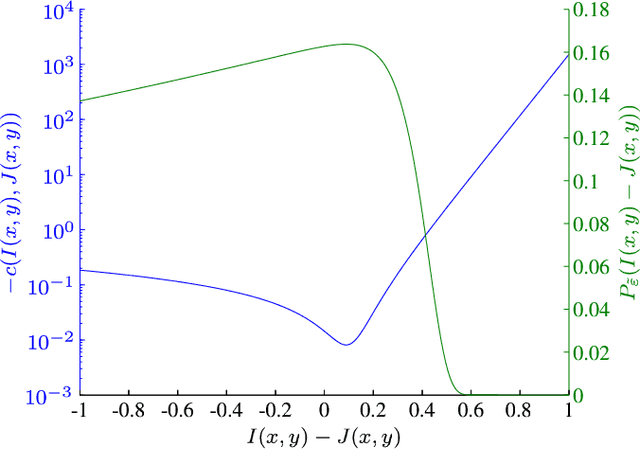Noise-specific denoising method with applications to high-frequency ultrasonic images
Paper and Code
Jan 21, 2022



Denoising is of utmost importance for the visualization and processing of images featuring low signal-to-noise ratio. Total variation methods are among the most popular techniques to perform this task improving the signal-to-noise ratio while preserving coherent intensity discontinuities. In this work, a novel method, termed maximum likelihood data, is proposed, endowing the total variation formulation with the capability to deal with noise-specific models and pre-processing stages for a certain image of interest. To do this, the data fidelity term is modified by means of a maximum likelihood estimator between the original and the denoised image. To assess the improvements of the proposed method with respect to the total variation formulation, we study the denoising of high-frequency ultrasonic images on in-silico and in-vivo setups. The proposed method delivered a better contrast, preservation and localization of the structures while diminishing the intensity bias of the total variation formulation for the multiplicative noise. The enhancement of medical images through denoising helps to improve the outcome of subsequently applied image processing such as registration and segmentation procedures.
 Add to Chrome
Add to Chrome Add to Firefox
Add to Firefox Add to Edge
Add to Edge